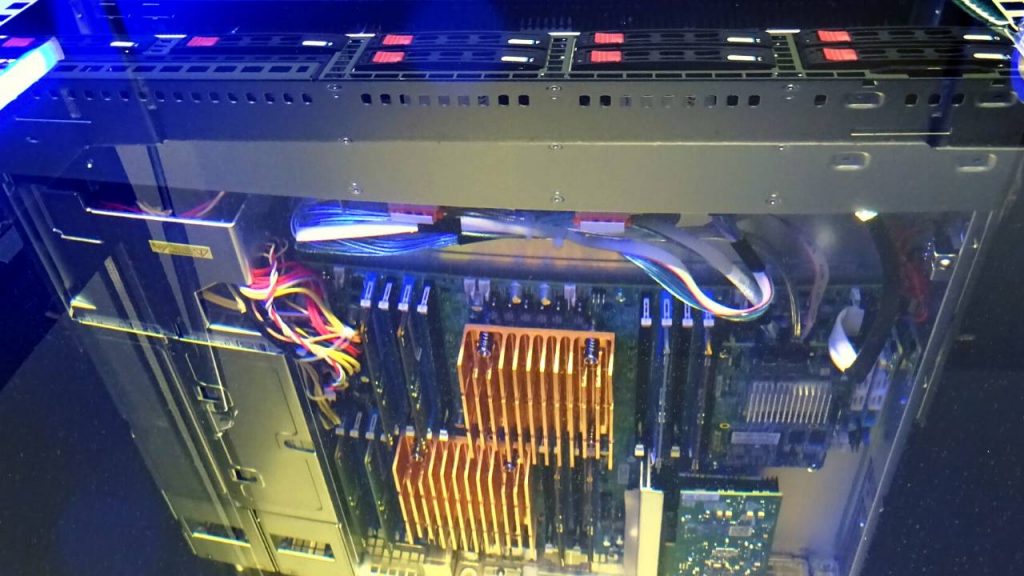Single-phase liquid immersion cooling performance and environmental benefits
Emerging technologies, such as the IoT (internet of things), AI (artificial intelligence), VR (virtual reality), and blockchain, are driving the demand and development of more powerful cloud platforms/data centres. Engineers are working hard to expand the computing capacity of the data centres while minimising their environmental impacts.
Traditional air cooling systems are not up to the task anymore as they need more space and use up more resources such as electricity and water. Single-phase liquid immersion cooling is emerging as the winner on this front. This is due to their cost-effectiveness, energy efficiency and low environmental impact. Also, the fact they can easily fit within the existing design reduces their cost of installations and capital investment.
With single-phase immersion cooling, servers are submerged in a rack filled with dielectric fluid. The dielectric fluid is then circulated between racks through a coolant distribution unit. Dielectric fluid has insulating properties that allow it to transfer heat without conducting electricity. This makes it a safe and effective data centre cooling solution.
Greater computing performance
More data centres are adopting single-phase liquid immersion cooling, and out of it, they are getting greater computing performance through the following ways:
Increased power rack density
Rack density denotes the amount of power that the components within a server rack consume. The metric is an important factor in designing the data centre, especially when it comes to power planning. Recent surveys show that rack power density has been rising, with densities of 20 Kw being a reality; industry prediction also foresees a meteoric rise expected in future due to the proliferation of computing power. Single-phase cooling is estimated to reduce the data centre’s environmental footprint by 70% compared to other methods, such as traditional air cooling. A reduction in units needed in a data centre frees up the need for additional rack units. With single-phase cooling, the heat generated by servers is significantly reduced, meaning that servers can be put closer; this ultimately allows high-density rack designs.
Decreasing power consumption
Data centres are estimated to consume 1.2% of the world’s energy usage. This is expected to rise as the demand for computing resources increase. Single-phase immersion cooling helps in reducing energy use by more than fifty per cent compared to the traditional methods. With such a significant reduction, it makes sense to switch to single-phase immersion cooling, as this will reduce the operation cost of a data centre.
Reduction in water use
A switch to single-phase immersion cooling not only leads to a reduction in energy consumption but also sees a significant reduction in the use of other resources, such as water. Reduction of water use leads to lower operating costs and reduces incidences and risks of short circuits and outages.
Reduction in carbon emissions
With a significant cut in resource use and more power, data centres which have switched to single-phase immersion cooling are contributing to a reduction in carbon emission and subsequent global warming.
As demand for data centre services increases, operators have to look for ways to increase the cooling system efficiency while reducing their environmental impact. A switch to single-phase immersion cooling offers more benefits, including reduced carbon emission, making it a viable solution, especially as the world gears towards net-zero emissions.

